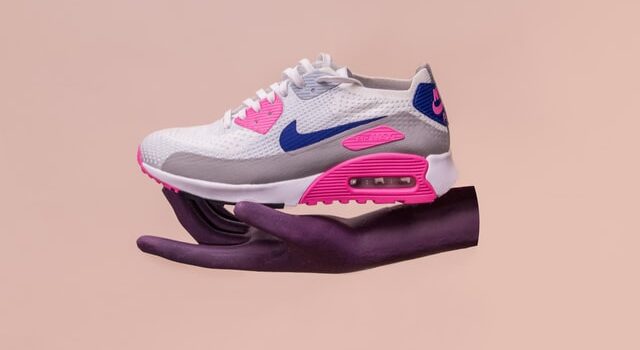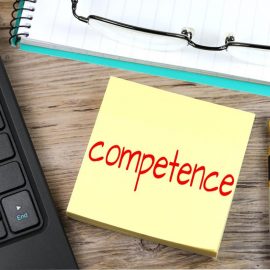

This article is an excerpt from the Shortform book guide to "Perennial Seller" by Ryan Holiday. Shortform has the world's best summaries and analyses of books you should be reading.
Like this article? Sign up for a free trial here .
What is product positioning? What are some things you need to consider to position your product in a way that keeps the demand high and the customers happy?
Put simply, product positioning is the process of framing and communicating how you want your target audience to think and feel about your product. According to Ryan Holiday, the author of Perennial Seller, there are two things you need to consider when designing your product positioning strategy: 1) your product’s genre and 2) its use case.
Let’s take a closer look at how to position your product in the market, according to Ryan Holiday.
Product Positioning Basics
Beyond creating a great product, you have to communicate it in a compelling way for the world. Audiences don’t know that something inside will change their lives. Someone has to tell them.
- Taking time to do this is important. Don’t let it be an afterthought. Don’t choose a title because your kids like it.
- Amazon requires managers launching new products to write a press release about it.
- Tim Ferriss AB tests his book’s branding and chapter titles to see what resonates most with his audience.
- Wealthfront changed its name from KaChing to better target its audience.
Your positioning is how people will introduce it to their friends. Make this as easy as possible to say – do the hard work for them. Don’t make them feel stupid saying it.
Example:
- Harvey Weinstein to Errol Morris when promoting his film The Thin Blue Line: “Speak in short one-sentence answers and don’t go in with all the legalese. Talk about the movie as a movie and the effect it will have on the audience from an emotional point of view. If you continue to be boring, I will hire an actor in New York to pretend that he’s Errol Morris.”
- “What’s this movie about? It’s a mystery that traces an injustice. It’s scarier than Nightmare on Elm Street. It’s like In Cold Blood with humor.”
Tactics for Product Positioning
As you create your product positioning strategy, think about a combination of genre and use case.
Genres are important. You can’t violate all conventions at once to please everyone. People need to understand what category your work fits into.
- Is this a coffee shop or a coworking space or a private club? It can’t be all three without alienating customers looking for just one.
- Fictionalizing your Wall St experiences into a novel doesn’t give twice the audience (fiction lovers and business readers) – it might actually give half, since you’ve violated conventions of two spaces.
Then target a specific use case by filling the sentence: “This is a _____ that does _____ for _____ (target user).”
- This needs to be SPECIFIC. Write only in third person. Avoid “I believe.”
- Bad answers: “for everyone.” “for fans of Malcolm Gladwell” (there is no convention where they get together).
- Examples of good targeting:
- Susan Cain wrote Quiet specifically for introverts, an underserved audience.
- Ethnic targeting – Blue Collar Comedy Tour vs Three Amigos vs Original Kings of Comedy. Or Modern Family vs The Goldbergs vs Blackish vs Fresh off the boat.
Once you understand your genre and your use case, you know what you’re trying to accomplish. Then decisions become easier.

———End of Preview———
Like what you just read? Read the rest of the world's best book summary and analysis of Ryan Holiday's "Perennial Seller" at Shortform .
Here's what you'll find in our full Perennial Seller summary :
- How to create enduring products with a loyal following
- Why word of mouth is the only marketing channel that endures time
- What to do after you've created a great work






